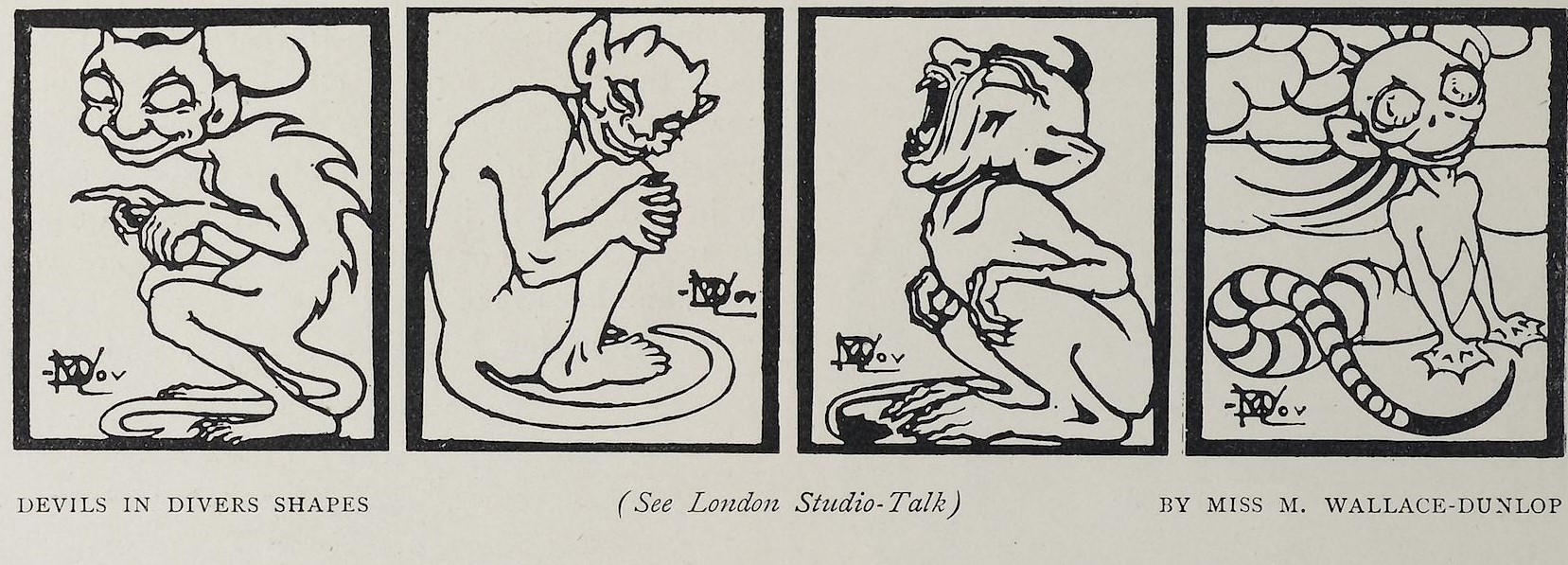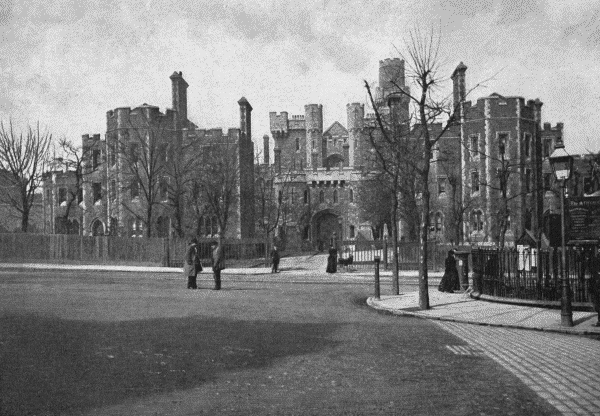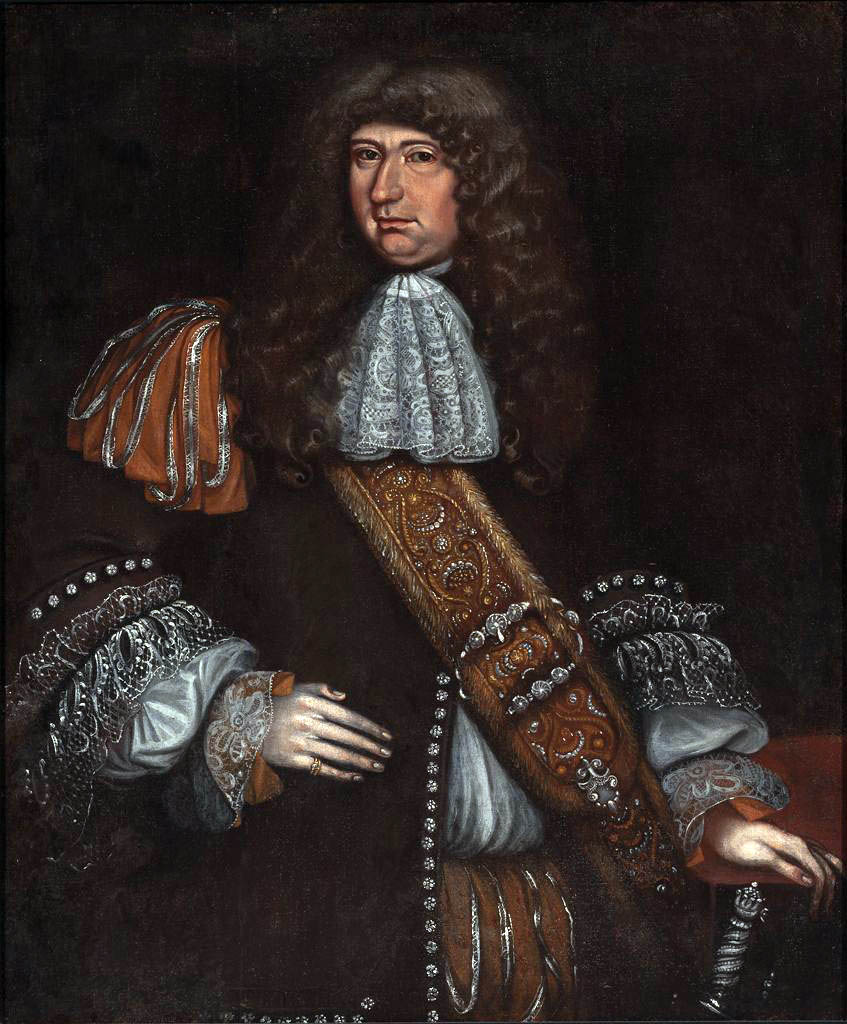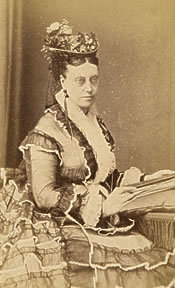|
Janie Allan
Janie Allan (born Jane Allan; 28 March 1868 – 29 April 1968)Ewan ''et al.'' (2006), p. 11 was a Scottish activist and fundraiser for the suffragette movement of the early 20th century. Early life and family Janie Allan was born to Jane Smith and Alexander Allan (who married in 1854), members of a wealthy Glaswegian family that owned the Allan Line shipping company.Simkin (1997) Her grandfather, Alexander Allan, founded the firm in 1819, and by the time that her father – the youngest of Alexander Allan's five sons, also named Alexander – took over the running of the company's Glasgow operations, the line had many vessels, additional offices in Liverpool and Montreal, and had wrested the Royal Mail's North American contract away from the Cunard line. Janie's brother, Robert S. Allan, was later a partner of the Allan Line. In common with many of her family, Allan held socialist political views and helped the city's poor.Atkinson (2018) She was an early member of the Indep ... [...More Info...] [...Related Items...] OR: [Wikipedia] [Google] [Baidu] |
Spean Bridge
Spean Bridge ( gd, Drochaid an Aonachain) is a village in the parish of Kilmonivaig, in Lochaber in the Highland region of Scotland. The village takes its name from the Highbridge over the River Spean on General Wade's military road between Fort William and Fort Augustus, and not from Telford's bridge of 1819 which carries the A82 over the river at the heart of the village. The Highbridge Skirmish on 16 August 1745 was the first engagement of the Jacobite Rising of 1745. The Commando Memorial, dedicated to the men of the original British Commando Forces raised during Second World War, is located approximately north-west of Spean Bridge, at the junction of the A82 and the B8004. It overlooks the training areas of the Commando Training Depot established in 1942 at Achnacarry Castle. Transport Lying in the Great Glen, Spean Bridge has road links north towards Inverness and south to Fort William, provided by the A82, and the A86 heads east to join the A9 at Kingussi ... [...More Info...] [...Related Items...] OR: [Wikipedia] [Google] [Baidu] |
Helen Fraser (feminist)
Helen Miller Fraser, later Moyes (14 September 1881 – 2 December 1979),Leah Leneman, "Moyes , Helen Miller (1881–1979)", ''Oxford Dictionary of National Biography'', Oxford University Press, 200accessed 11 Feb 2014/ref> was a Scottish suffragist, feminist, educationalist and Liberal Party politician who later emigrated to Australia. Background Fraser was born in Leeds, Yorkshire to Scottish parents. She was educated at Queen's Park Higher Grade School, Glasgow. She opened a studio in Glasgow that specialised in black and white illustration work and embroidery. Political career She joined the Women's Social and Political Union (WSPU) after hearing Teresa Billington speak in Glasgow. She travelled to England to help the WSPU campaign at the 1906 Huddersfield by-election. She became Treasurer of the Glasgow WSPU and a WSPU Scottish Organiser, one of the fifty-eight funded branches in the UK. On 20 December 1906, with Flora Drummond, Fraser and three others attempted to ent ... [...More Info...] [...Related Items...] OR: [Wikipedia] [Google] [Baidu] |
Force-feeding
Force-feeding is the practice of feeding a human or animal against their will. The term ''gavage'' (, , ) refers to supplying a substance by means of a small plastic feeding tube passed through the nose ( nasogastric) or mouth (orogastric) into the stomach. Of humans In psychiatric settings Within some countries, in extreme cases, patients with anorexia nervosa who continually refuse significant dietary intake and weight restoration interventions may be involuntarily fed by force via nasogastric tube under restraint within specialist psychiatric hospitals. Such a practice may be highly distressing for both anorexia patients and healthcare staff. In prisons Some countries force-feed prisoners when they go on hunger strike. It has been prohibited since 1975 by the Declaration of Tokyo of the World Medical Association, provided that the prisoner is "capable of forming an unimpaired and rational judgment." The violation of this prohibition may be carried out in a manner th ... [...More Info...] [...Related Items...] OR: [Wikipedia] [Google] [Baidu] |
Marion Wallace Dunlop
Marion Wallace Dunlop (22 December 1864 – 12 September 1942) was a Scottish artist and author. She was the first and one of the most well known British suffragettes to go on hunger strike, on 5 July 1909, after being arrested in July 1909 for militancy.''The Militant Suffrage Movement : Citizenship and Resistance in Britain'', by Laura E. Nym Mayhall, Assistant Professor of History Catholic University of America She said she would not take any food unless she was treated as a political prisoner instead of as a common criminal. Wallace Dunlop's mode of protest influenced suffragettes after her and other leaders like M. K. Gandhi and James Connolly, who also used fasting to protest British rule. She was at the centre of the Women's Social and Political Union and designed processions and banners for them. Biography Wallace Dunlop was born at Leys Castle, Inverness, Scotland, on 22 December 1864, the daughter of Robert Henry Wallace Dunlop and his second wife, Lucy Wallace Dunl ... [...More Info...] [...Related Items...] OR: [Wikipedia] [Google] [Baidu] |
Hunger Strike
A hunger strike is a method of non-violent resistance in which participants fast as an act of political protest, or to provoke a feeling of guilt in others, usually with the objective to achieve a specific goal, such as a policy change. Most hunger strikers will take liquids but not solid food. In cases where an entity (usually the state) has or is able to obtain custody of the hunger striker (such as a prisoner), the hunger strike is often terminated by the custodial entity through the use of force-feeding. Early history Fasting was used as a method of protesting injustice in pre-Christian Ireland, where it was known as ''Troscadh'' or ''Cealachan''. Detailed in the contemporary civic codes, it had specific rules by which it could be used. The fast was often carried out on the doorstep of the home of the offender. Scholars speculate that this was due to the high importance the culture placed on hospitality. Allowing a person to die at one's doorstep, for a wrong of whi ... [...More Info...] [...Related Items...] OR: [Wikipedia] [Google] [Baidu] |
Holloway Jingles
''Holloway Jingles'' is a collection of poetry written by a group of suffragettes who were imprisoned in Holloway jail during 1912. It was published by the Glasgow branch of the Women's Social and Political Union(WSPU). The poems were collected and edited by Nancy A John, and smuggled out of the prison by John and Janet Barrowman. The foreword was written by Theresa Gough, a journalist and active speaker for the WPSU, whose nom de plume was ‘Karmie M.T. Kranich'. The cover depicts two drawings of a bare cell with a check pattern design. It was designed by Constance Moore. The publication was advertised for sale in the newspaper ''Votes for Women'' for a cost of 1 shilling. All proceeds of sales went to the WSPU The poems expressed the imprisoned women's sense of solidarity and subversion, poetry itself having been regarded since the 1830s as a "dangerous form" by traditional educationists. One contributor to the collection was Emily Davison, best known for her death on ... [...More Info...] [...Related Items...] OR: [Wikipedia] [Google] [Baidu] |
Margaret McPhun
Margaret Pollock McPhun (1876–1960) was a Scottish suffragette from Glasgow who served two months in Holloway Prison in London and composed a poem about imprisoned activist Janie Allan. Life McPhun was born on 8 July 1876. Her father was a Glasgow councillor and timber merchant. She and her sister Frances McPhun joined the Women's Social and Political Union (WSPU) in 1909, and she was the Scottish WSPU press secretary from 1912-1914. They were amongst dozens jailed for smashing government office windows in March 1912. The sisters had both attended the University of Glasgow, where Margaret had studied psychology and obtained an MA in 1897. The sisters used the name "Campbell" to hide their background when they were arrested. When they were released from Holloway Prison after two months, they were given hunger strike medals 'for Valour' by the WSPU to record their hunger strikes, though the sisters had agreed that they would choose to drink from a cup to avoid being force fe ... [...More Info...] [...Related Items...] OR: [Wikipedia] [Google] [Baidu] |
Holloway Prison
HM Prison Holloway was a closed category prison for adult women and young offenders in Holloway, London, England, operated by His Majesty's Prison Service. It was the largest women's prison in western Europe, until its closure in 2016. History Holloway prison was opened in 1852 as a mixed-sex prison, but due to growing demand for space for female prisoners, particularly due to the closure of Newgate, it became female-only in 1903. Before the first world war, Holloway was used to imprison those suffragettes who broke the law. These included Emmeline Pankhurst, Emily Davison, Constance Markievicz (also imprisoned for her part in the Irish Rebellion), Charlotte Despard, Mary Richardson, Dora Montefiore, Hanna Sheehy-Skeffington, and Ethel Smyth. In 1959, Joanna Kelley became Governor of Holloway. Kelley ensured that long-term prisoners received the best accommodation and they were allowed to have their own crockery, pictures and curtains. The prison created "family" groups of ... [...More Info...] [...Related Items...] OR: [Wikipedia] [Google] [Baidu] |
10 Downing Street
10 Downing Street in London, also known colloquially in the United Kingdom as Number 10, is the official residence and executive office of the first lord of the treasury, usually, by convention, the prime minister of the United Kingdom. Along with the adjoining Cabinet Office at 70 Whitehall, it is the headquarters of the Government of the United Kingdom. Situated in Downing Street in the City of Westminster, London, Number 10 is over 300 years old and contains approximately 100 rooms. A private residence for the prime minister's use occupies the third floor and there is a kitchen in the basement. The other floors contain offices and conference, reception, sitting and dining rooms where the prime minister works, and where government ministers, national leaders and foreign dignitaries are met and hosted. At the rear is an interior courtyard and a terrace overlooking a garden. Adjacent to St James's Park, Number 10 is approximately from Buckingham Palace, the London residen ... [...More Info...] [...Related Items...] OR: [Wikipedia] [Google] [Baidu] |
Emmeline Pankhurst
Emmeline Pankhurst (''née'' Goulden; 15 July 1858 – 14 June 1928) was an English political activist who organised the UK suffragette movement and helped women win the right to vote. In 1999, ''Time'' named her as one of the 100 Most Important People of the 20th Century, stating that "she shaped an idea of objects for our time" and "shook society into a new pattern from which there could be no going back". She was widely criticised for her militant tactics, and historians disagree about their effectiveness, but her work is recognised as a crucial element in achieving women's suffrage in the United Kingdom. Born in the Moss Side district of Manchester to politically active parents, Pankhurst was introduced at the age of 14 to the women's suffrage movement. She founded and became involved with the Women's Franchise League, which advocated suffrage for both married and unmarried women. When that organisation broke apart, she tried to join the left-leaning Independent Labour ... [...More Info...] [...Related Items...] OR: [Wikipedia] [Google] [Baidu] |
Oxford Street
Oxford Street is a major road in the City of Westminster in the West End of London, running from Tottenham Court Road to Marble Arch via Oxford Circus. It is Europe's busiest shopping street, with around half a million daily visitors, and as of 2012 had approximately 300 shops. It is designated as part of the A40, a major road between London and Fishguard, though it is not signed as such, and traffic is regularly restricted to buses and taxis. The road was originally part of the Via Trinobantina, a Roman road between Essex and Hampshire via London. It was known as Tyburn Road through the Middle Ages when it was notorious for public hangings of prisoners at Tyburn Gallows. It became known as Oxford Road and then Oxford Street in the 18th century, and began to change from residential to commercial and retail use by the late 19th century, attracting street traders, confidence tricksters and prostitution. The first department stores in the UK opened in the early 20th cen ... [...More Info...] [...Related Items...] OR: [Wikipedia] [Google] [Baidu] |
Regent Street
Regent Street is a major shopping street in the West End of London. It is named after George, the Prince Regent (later George IV) and was laid out under the direction of the architect John Nash and James Burton. It runs from Waterloo Place in St James's at the southern end, through Piccadilly Circus and Oxford Circus, to All Souls Church. From there Langham Place and Portland Place continue the route to Regent's Park. The street's layout was completed in 1825 and was an early example of town planning in England, replacing earlier roads including Swallow Street. Nash and Burton's street layout has survived, although all the original buildings except All Souls Church have been replaced following reconstruction in the late 19th century. The street is known for its flagship retail stores, including Liberty, Hamleys, Jaeger and the Apple Store. The Royal Polytechnic Institution, now the University of Westminster, has been based on Regent Street since 1838. Route Regent ... [...More Info...] [...Related Items...] OR: [Wikipedia] [Google] [Baidu] |
.png)






